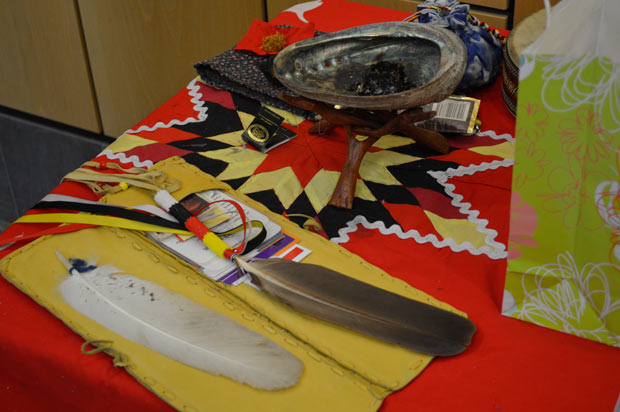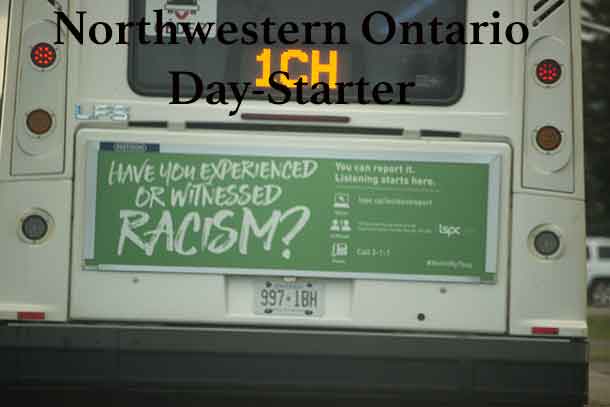
THUNDER BAY – There is a continued call for action from the provincial and federal government to help solve issues in Northern Ontario communities regarding suicide. The Office of the Provincial Advocate for Children and Youth is reiterating its call for a coordinated, long-term strategy to be put in place by provincial and federal departments and ministries of health and children’s services – in collaboration with First Nations leadership – to end the string of suicide crises that continue to devastate many Northern Ontario First Nation communities.
This latest call comes in response to the deaths of two 12-year-old girls who took their own lives in Wapekeka First Nation last week. The Advocate’s Office also echoes Nishnawbe Aski Nation Grand Chief Alvin Fiddler’s call for a coordinated emergency response to provide the necessary supports for the community.
“The situation for children and youth is dire and urgent,” said Irwin Elman, Provincial Advocate for Children and Youth. “At a time that should be focused on healing and reconciliation, this is another reminder of Canada’s failure to respond to the ongoing struggle and loss of life in communities.”
Over the last several years, the Advocate’s Office has made numerous calls to governments to address the underlying issues contributing to the suicide epidemics that have affected many communities, such as Attawapiskat, Neskantaga and Pikangikum First Nation communities.
Recent news reports have suggested that Wapekeka First Nation requested additional mental health supports from the federal government last summer after the community discovered a suicide pact being made among youth, but Health Canada’s response to the community only came months afterwards.
The Advocate’s Office is calling for political leaders, provincial and federal decision-makers and their respective departments to come together immediately with their Indigenous counterparts and young people to devise a comprehensive short- and long-term strategy – including an implementation plan – that focuses on ongoing support in communities.
“When governments make decisions as they apparently did with Wapekeka First Nation, they are made on behalf of all Canadians. It is clear the public is well ahead of our governments in our desire to see action,” said Elman. “These children cannot wait; change must come now and collective action is required before any more young lives are lost.”
About the Office of the Provincial Advocate for Children and Youth
The Office of the Provincial Advocate for Children and Youth (the Advocate’s Office) reports directly to the Legislature of Ontario and provides an independent voice for children and youth, including children with special needs and First Nations children. The advocates receive and respond to concerns from children, youth and families who are seeking or receiving services under the Child and Family Services Act and the Education Act (Provincial and Demonstration Schools).
The Advocate’s Office can also conduct investigations and make recommendations to improve children’s aid society services and services provided by residential licensees where a children’s aid society is the placing agency.






